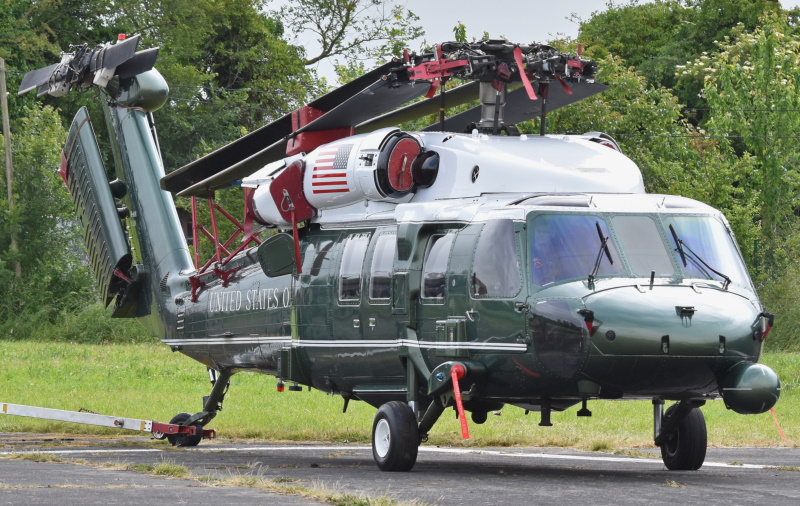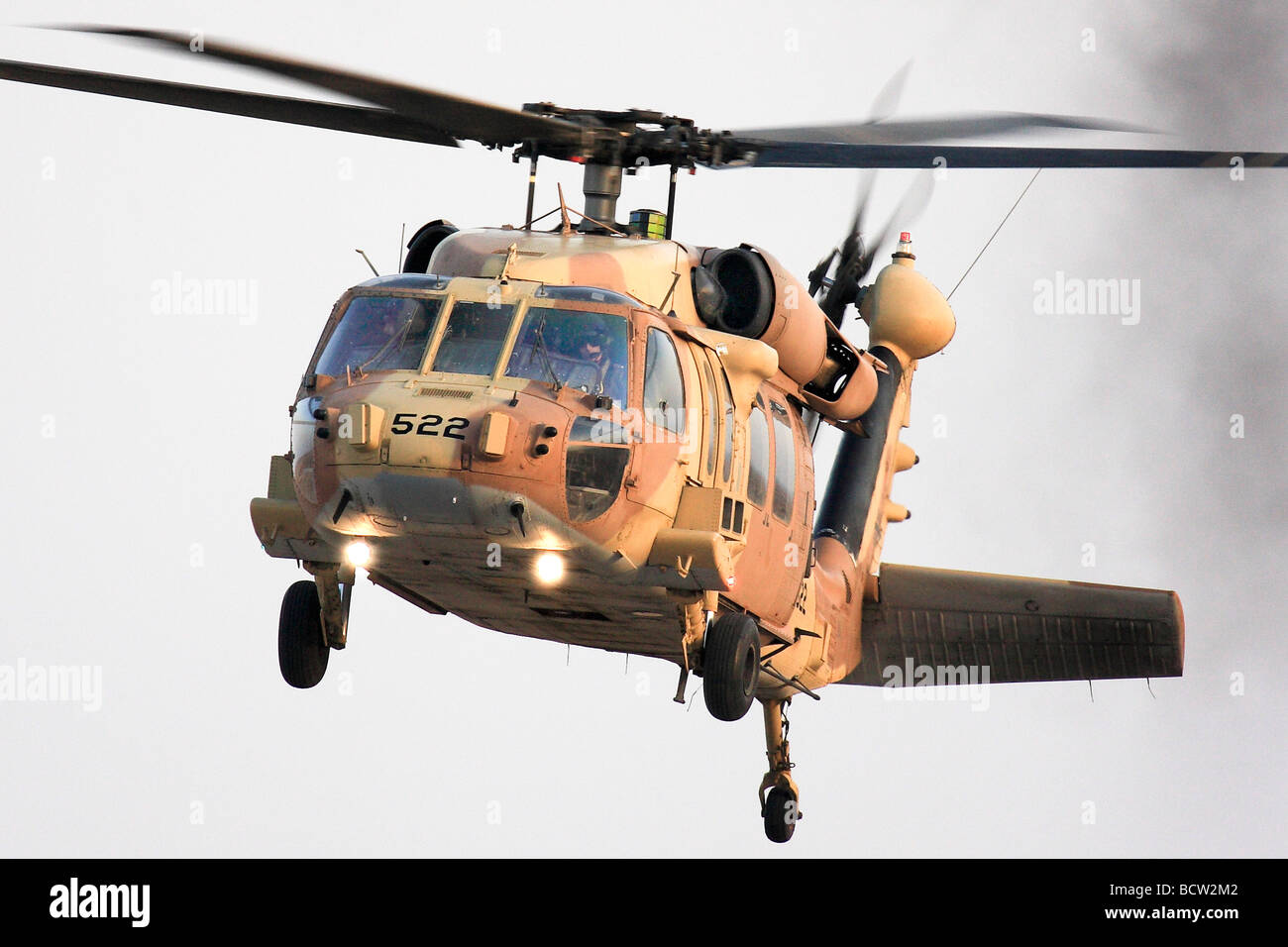Why the Sikorsky S 70 is the Preferred Option for Modern Helicopter Missions
Why the Sikorsky S 70 is the Preferred Option for Modern Helicopter Missions
Blog Article
High-Performance Multi-Role Rotorcraft Featuring Advanced Cabin Technologies and Integrated Sensor Solutions
The world of rotorcraft modern technology has actually seen noteworthy improvements in recent times, particularly in the world of high-performance multi-role rotorcraft furnished with innovative cabin modern technologies and perfectly integrated sensing unit systems. These advancements have not only increased the operational capabilities of rotorcraft but have actually additionally significantly influenced contemporary aviation procedures on various fronts. From boosted goal convenience to boosted operational efficiency, the convergence of innovative cockpit modern technologies and incorporated sensor systems has actually ushered in a brand-new era of opportunities for rotorcraft applications. In the following conversation, we will explore the development of rotorcraft modern technology, look into the world of advanced cabin technologies, and examine the implications of incorporated sensor systems on the functional adaptability and efficiency of modern rotorcraft.
Evolution of Rotorcraft Innovation
The development of rotorcraft innovation has actually been noted by significant developments in the rules of aerodynamics, materials, and propulsion systems, shaping the capabilities and efficiency of modern rotorcraft. In addition, improvements in propulsion systems, consisting of extra effective engines and cutting-edge propulsion innovations, have actually allowed rotorcraft to accomplish higher altitudes, faster rates, and better hauls.
These advancements have not only changed the abilities of rotorcraft but have actually additionally expanded their applications across different industries, consisting of armed forces, industrial, and emergency services. The constant evolution of rotorcraft modern technology remains to drive innovation in the area, pressing the limits of what is feasible and forming the future of vertical trip.
Advanced Cabin Innovations
Structure upon the fundamental innovations in aerodynamics, materials, and propulsion systems, the realm of rotorcraft innovation currently moves focus towards introducing Advanced Cabin Innovations. The combination of sophisticated modern technologies within the cockpit environment plays a crucial role in improving the functional abilities, safety and security, and efficiency of contemporary rotorcraft. sikorsky s 70. Advanced Cockpit Innovations include a vast variety of features made to supply pilots with boosted situational awareness, structured data administration, and user-friendly control user interfaces
Among the crucial improvements in cabin design is the application of glass cabins, which replace conventional analog evaluates with high-resolution screens. These electronic systems supply personalized layouts, real-time data assimilation, and improved readability, making it possible for pilots to gain access to critical information at a glance. Furthermore, progressed avionics systems, such as fly-by-wire controls and boosted reality displays, are revolutionizing how pilots communicate with the aircraft, permitting precise control and enhanced decision-making capabilities.


Including innovative cockpit developments not just enhances pilot performance however also adds to overall mission performance and safety and security in complex operational atmospheres. By leveraging advanced modern technologies within the cabin, rotorcraft manufacturers are establishing brand-new requirements for functional quality and mission success.
Integrated Sensing Unit Systems
With the development of rotorcraft innovation, the assimilation of sophisticated Integrated Sensing unit Solution has actually ended up being critical in boosting operational efficiency and safety. These Integrated Sensor Solutions encompass a wide array of innovations that provide vital information for different features such as navigation, security, targeting, and ecological monitoring. By flawlessly incorporating sensing units like radars, video cameras, lidar, and infrared systems right into rotorcraft, operators can take advantage of boosted situational recognition, improved goal abilities, and lowered pilot workload.
One secret advantage of Integrated Sensing unit Solutions is their capacity to collect real-time data and provide workable understandings to pilots and objective operators. For instance, advanced radar systems can discover and track targets over long distances, permitting early risk detection and efficient response preparation. Additionally, integrating electro-optical and infrared cameras allows rotorcraft to conduct reconnaissance and monitoring missions with accuracy and precision.
Fundamentally, the integration of advanced sensor modern technologies right into rotorcraft important source not only enhances reference operational effectiveness however also adds considerably to general objective success and staff security. As rotorcraft remain to develop, the duty of Integrated Sensing unit Equipment will unquestionably stay at the forefront of development in the aerospace industry.
Operational Versatility and Effectiveness
Enhancing operational adaptability and effectiveness in rotorcraft is a natural development from the assimilation of advanced Integrated Sensor Equipments. By leveraging the understandings and data offered by these cutting-edge sensing unit systems, rotorcraft can optimize their performance across numerous objectives and atmospheres.
Functional versatility encompasses the ability of rotorcraft to adjust to various duties and situations effectively. With advanced cockpit modern technologies and integrated sensor systems, rotorcraft can effortlessly change between jobs such as search and rescue, medical discharge, security, and a lot more. This versatility improves the rotorcraft's capacity to fulfill varied operational requirements without requiring extensive reconfiguration.
Effectiveness in rotorcraft operations is critical for making the most of mission efficiency and resource utilization. Integrated sensor systems play a pivotal role in enhancing operational performance by giving real-time data on climate condition, surface mapping, target monitoring, and a lot more. This data enables pilots to make informed choices promptly, maximize flight courses, preserve fuel, and improve general objective productivity.
Impact on Modern Air Travel Workflow

Additionally, the combination of innovative sensors helps with improved goal planning and execution, enabling rotorcraft to perform a vast array of jobs with improved precision. From search and rescue procedures to airborne firefighting and regulation enforcement objectives, the capacities of modern-day rotorcraft geared up with advanced cabin technologies and integrated sensing unit systems are unparalleled.
Moreover, the impact of these improvements expands past operational performance to cost-effectiveness and sustainability. By maximizing trip courses, fuel intake, and maintenance schedules, high-performance rotorcraft outfitted with sophisticated cockpit modern technologies and sensing units add to minimizing operational prices and environmental influence, making them vital possessions in modern aviation operations.
Conclusion
To conclude, the high-performance multi-role rotorcraft with sophisticated cabin innovations and integrated sensor systems represents a significant advancement in aeronautics modern technology. These technologies enhance operational flexibility and performance, ultimately affecting contemporary aviation procedures in a positive way. The assimilation of these advanced innovations enables for enhanced abilities and efficiency in different goal situations, showcasing the continued development of rotorcraft innovation in the air travel industry.
The world of rotorcraft innovation has seen remarkable developments in current times, particularly in the world of high-performance multi-role rotorcraft geared up with cutting-edge cockpit technologies and flawlessly incorporated sensor systems. From enhanced objective versatility to improved functional efficiency, the convergence of innovative cabin technologies and integrated sensor systems has ushered in a new period of possibilities for rotorcraft applications. In the complying with discussion, we will discover the evolution of rotorcraft modern technology, dive right into the world of sophisticated cockpit innovations, and examine the ramifications of integrated sensor systems on the operational flexibility and performance of modern-day rotorcraft.

Report this page